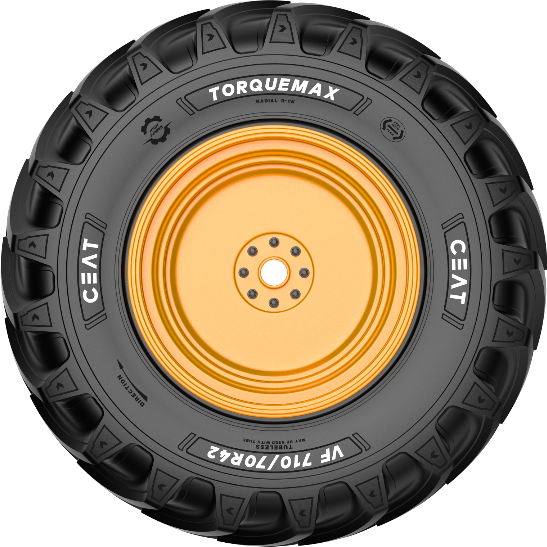



Have Questions Related to CEAT Specialty Tires?
FAQs
Tractor tires are measured by their overall diameter, width, and rim diameter. For example, a common measurement might be "18.4-38," where "18.4" represents the tire width in inches and "38" is the rim diameter. Some tires also include radial or bias-ply indications, such as "R" for radial or "–" for bias-ply.
The best load range depends on your tractor's usage and weight capacity needs. Load ranges are usually indicated by a letter (e.g., A, B, C, etc.) that corresponds to the tire's ability to carry weight at a specific air pressure. For most agricultural applications, higher load ranges (D, E, F) are preferred for heavy-duty work.
It's recommended to check the air pressure at least once a week, especially before heavy use. Proper air pressure ensures optimal performance, reduces wear, and minimizes the risk of tire damage.
Look for signs of significant tread wear, sidewall damage, deep cracks, or repeated air pressure loss. Regular inspection is key to preventing breakdowns and ensuring safe, efficient operation.







